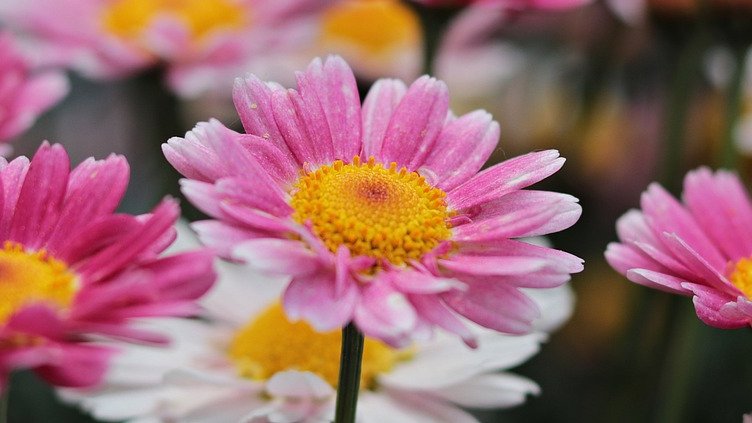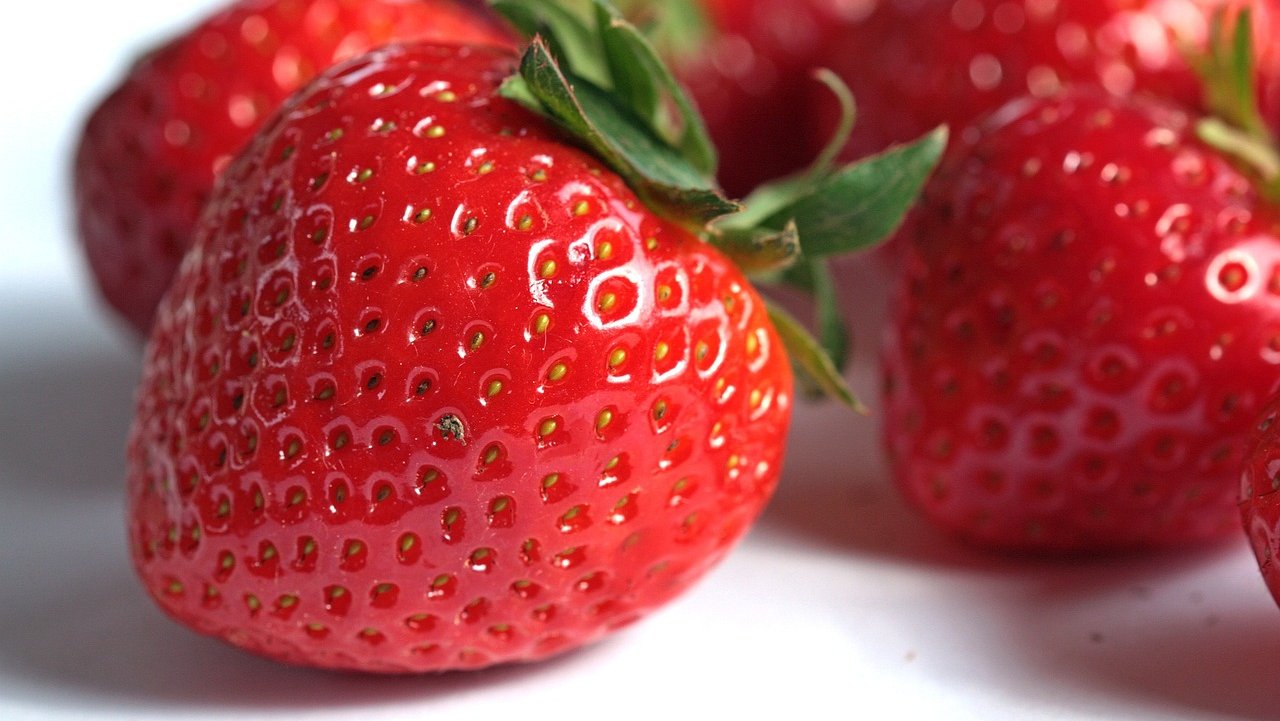
Welcome to the wonderful world of natural dyes! It's a place where you can blend your love for crafts with your respect for Mother Nature. With a little bit of patience and creativity, you can create stunning textiles and crafts using dyes made from plants, fruits, and even vegetables. Let's dive in and discover how.
Understanding natural dyes
Natural dyes are coloring substances extracted from natural resources like plants, fruits, vegetables, minerals, and sometimes even insects. They are a great alternative to synthetic dyes as they are eco-friendly, safe to use, and provide a range of rich, earthy tones that are soothing to the eye.
Benefits of natural dyes
Using natural dyes has several advantages:
- They are eco-friendly and sustainable.
- They are non-toxic and safe to handle, even for kids.
- Natural dyes can produce unique hues and tones that synthetic dyes can't replicate.
- Making your own dyes gives you control over the coloring process and the final results.
Preparing your workspace
Before you start making your dyes, you need to prepare your workspace. Choose a well-ventilated area with access to water. Cover your work area with newspaper or plastic sheeting to prevent staining. Gather all the necessary materials, including your dye sources (plants, fruits, vegetables), a large pot for boiling, a strainer, and fabric or craft items you want to dye.
Steps to make natural dyes
Making your own natural dyes is a rewarding process that allows you to experiment with different colors and shades. Here's a basic method you can follow:
- Choose your dye source: Different plants and foods produce different colors. For example, beets give a red color, turmeric gives a yellow color, and spinach gives a green color.
- Prepare the dye: Chop your dye source into small pieces and place them in a large pot. Add double the amount of water to your dye source. Bring this to a boil, then reduce heat and simmer until the desired color is achieved.
- Strain the dye: After boiling, strain the liquid into a separate container, discarding the solid materials.
- Prepare your fabric or craft item: Before dyeing, pre-wash your items to remove any dirt or oils. Some fabrics may require a fixative or mordant to help the dye adhere to the material.
- Dye your item: Submerge your items in the dye, ensuring they are fully covered. Steep for at least one hour, but for stronger color, you can leave the items in the dye overnight.
- Rinse and dry: After dyeing, rinse your items under cold water until the water runs clear. Then, lay out your item to dry in a shaded area.
Best plants for natural dyes
Here are some plants that are known for their dyeing properties:
Remember, the fun in working with natural dyes comes from experimentation. Don't be afraid to try different sources or mixing them to create your own unique colors.











